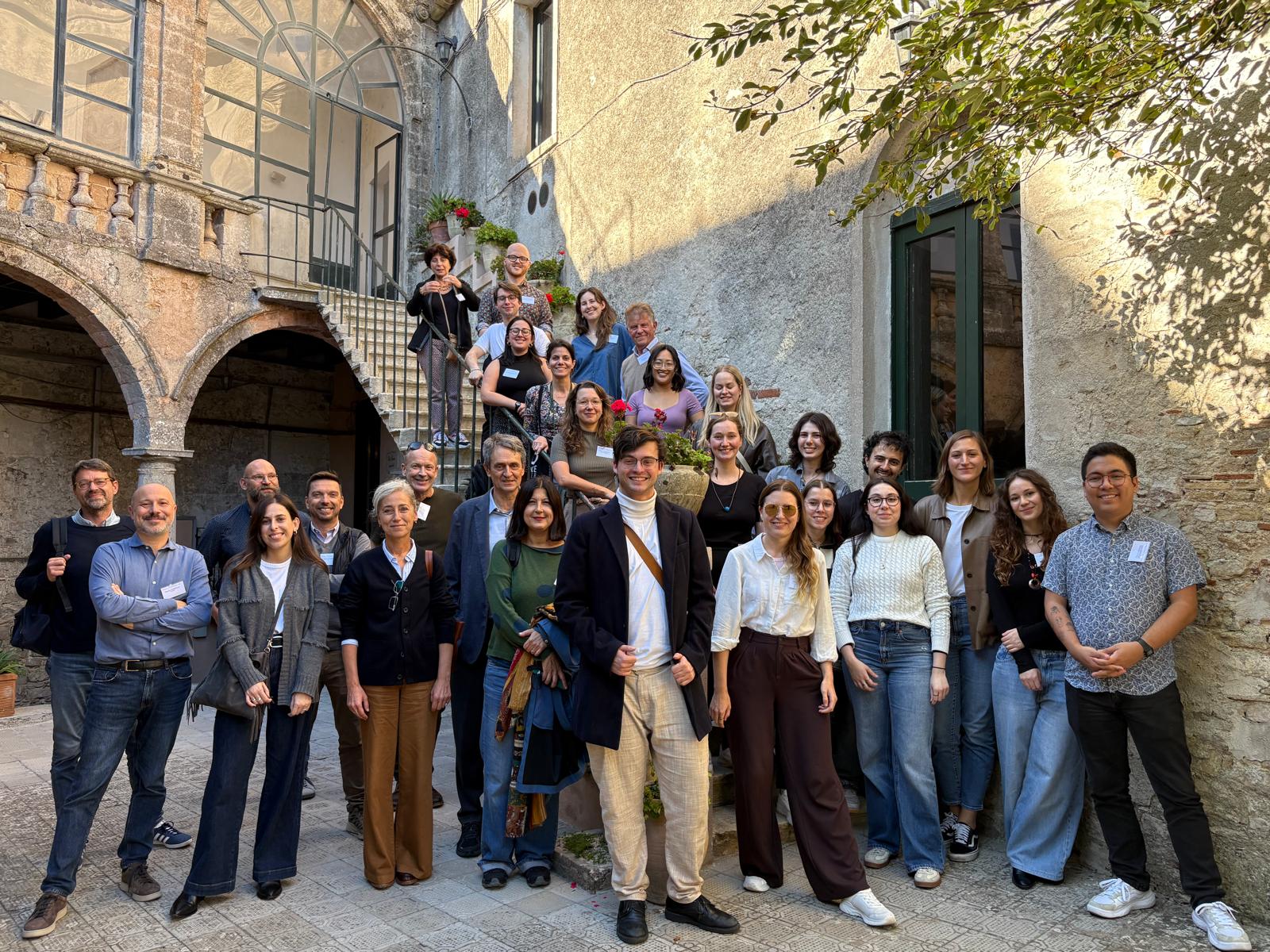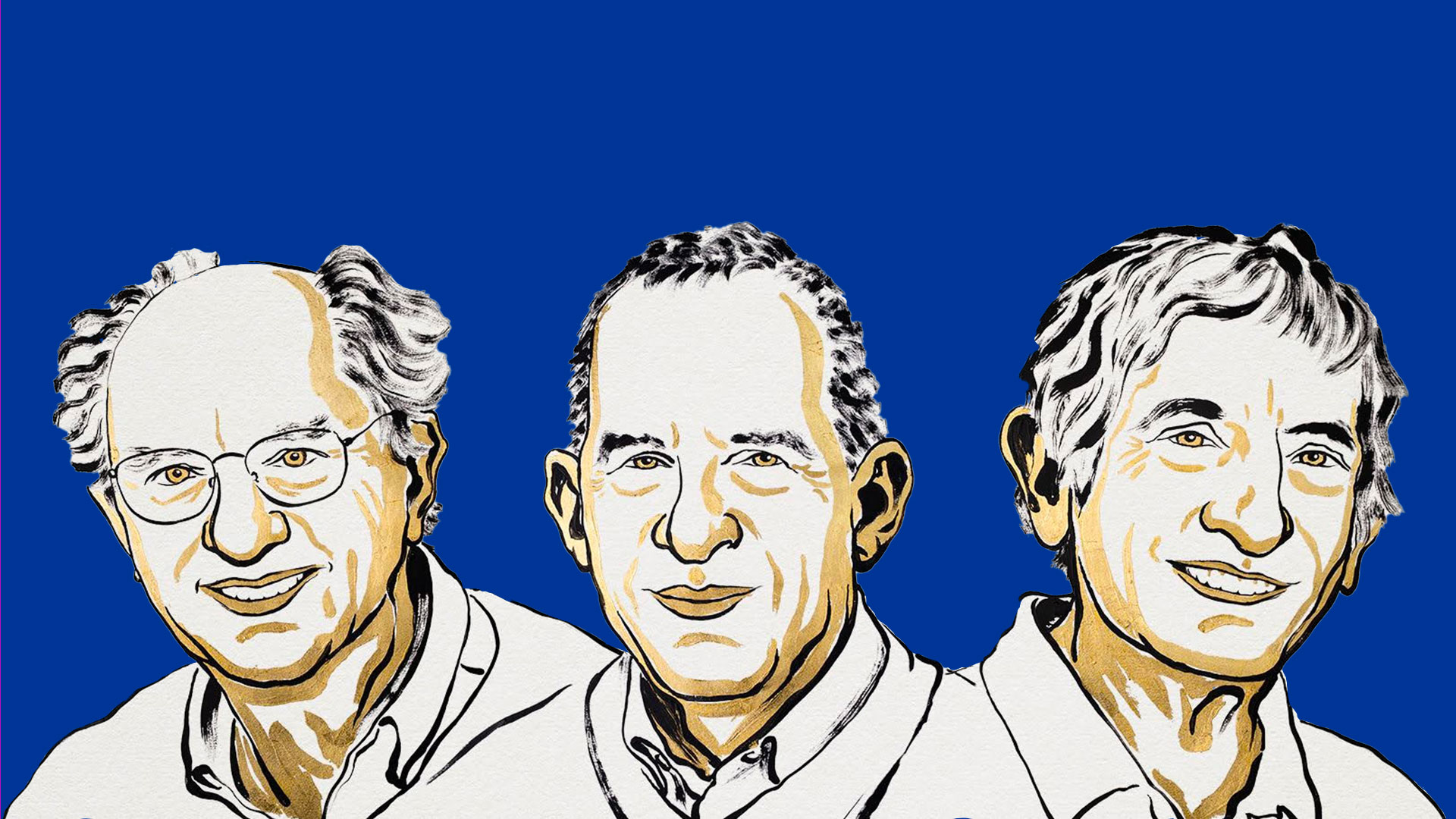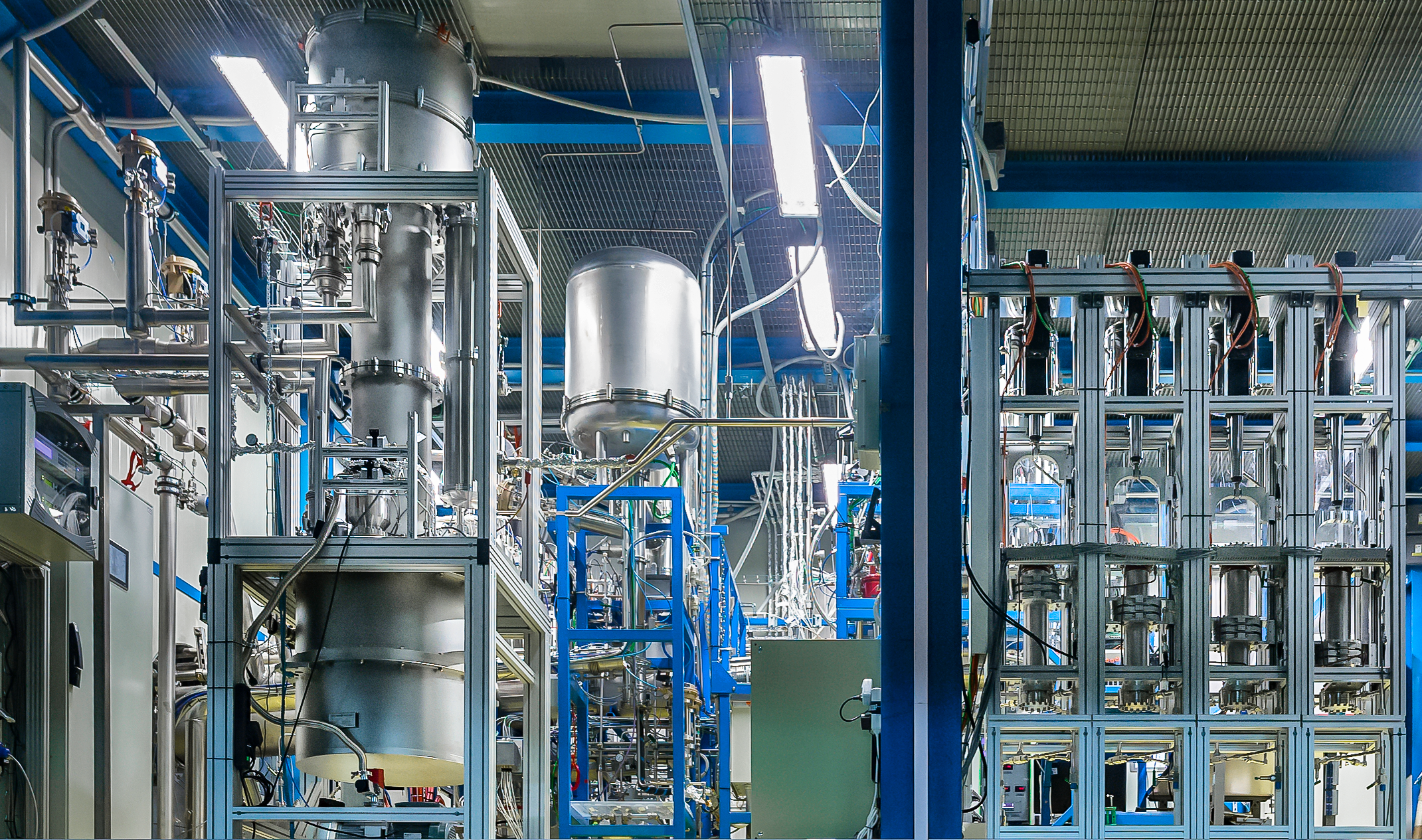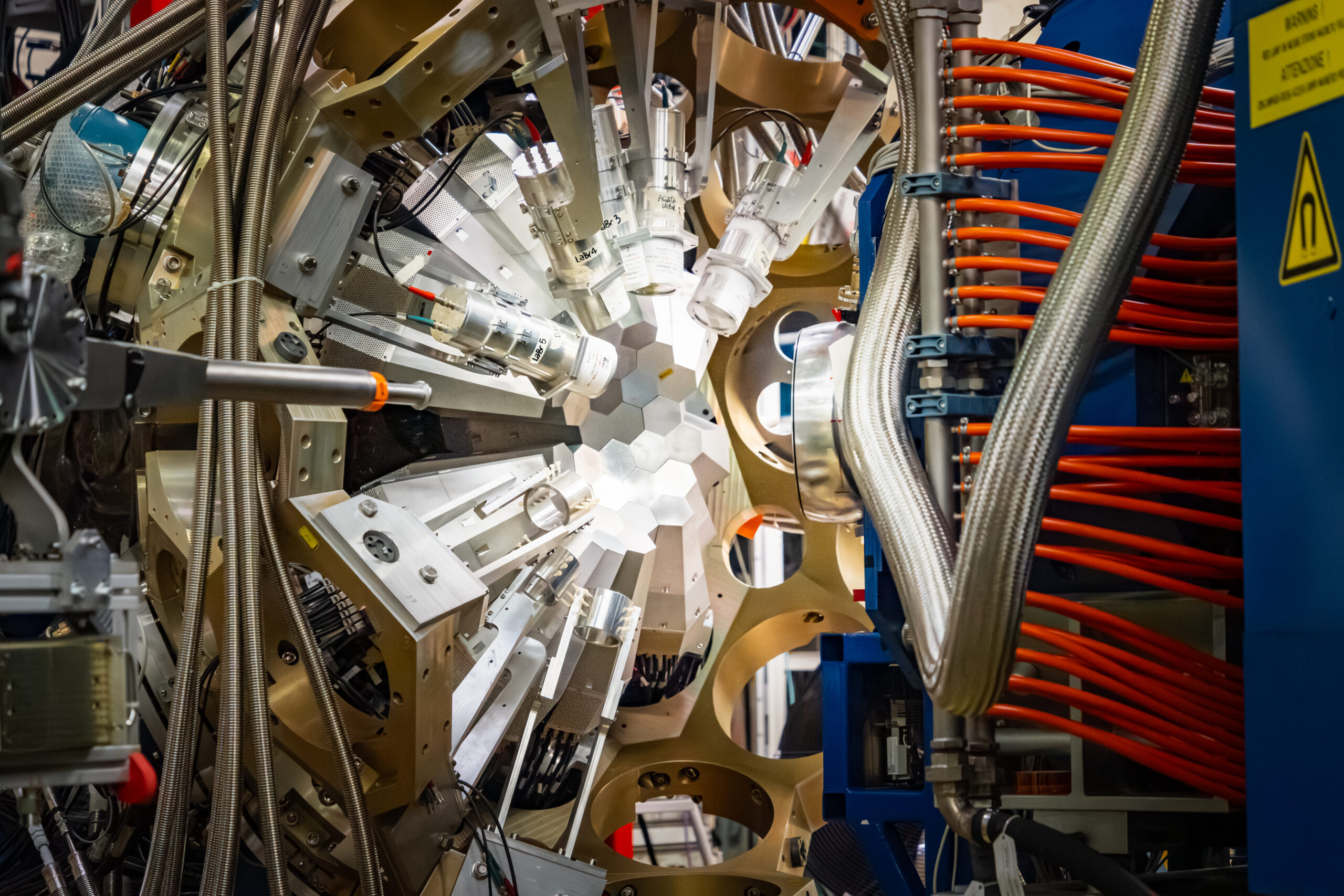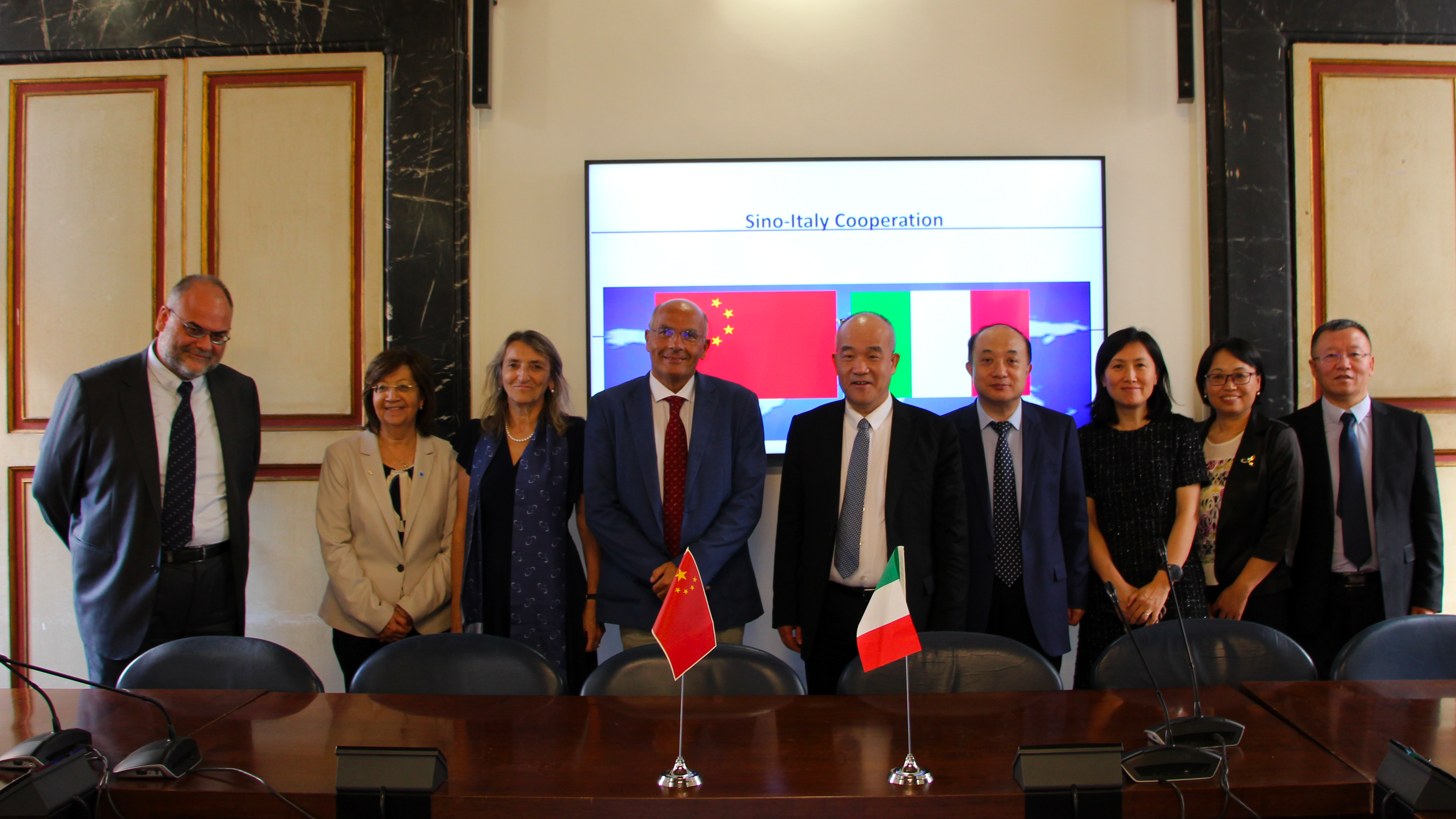 A scientific-technological agreement between Italy and the United States was signed on 17 July in Washington. The agreement aims to promote cooperation on research into particle physics and nuclear physics. The document was signed by Italy’s Ambassador to the United States, Claudio Bisogniero, representing the Ministry of Instruction, University and Research (MIUR), and by America’s Under Secretary of the Department of Energy (DOE), Lynn Orr. “This agreement is a significant recognition: the DOE recognizes INFN as a key partner and, to better carry out the cooperation, enables an agreement at ministerial level: a great satisfaction for INFN and for Italy,” said Fernando Ferroni, INFN President.The agreement will enable the two countries to share expertise, scientific material and research, as part of a major international partnership. The agreement provides for specific new projects, the first of which was signed on the same day, and includes the transfer of the ICARUS experiment to the Fermi National Laboratory (Fermilab) in Chicago. ICARUS was conceived and coordinated by Nobel Laureate Carlo Rubbia, who finished his research programme at the INFN Gran Sasso National Laboratory.
A scientific-technological agreement between Italy and the United States was signed on 17 July in Washington. The agreement aims to promote cooperation on research into particle physics and nuclear physics. The document was signed by Italy’s Ambassador to the United States, Claudio Bisogniero, representing the Ministry of Instruction, University and Research (MIUR), and by America’s Under Secretary of the Department of Energy (DOE), Lynn Orr. “This agreement is a significant recognition: the DOE recognizes INFN as a key partner and, to better carry out the cooperation, enables an agreement at ministerial level: a great satisfaction for INFN and for Italy,” said Fernando Ferroni, INFN President.The agreement will enable the two countries to share expertise, scientific material and research, as part of a major international partnership. The agreement provides for specific new projects, the first of which was signed on the same day, and includes the transfer of the ICARUS experiment to the Fermi National Laboratory (Fermilab) in Chicago. ICARUS was conceived and coordinated by Nobel Laureate Carlo Rubbia, who finished his research programme at the INFN Gran Sasso National Laboratory.
